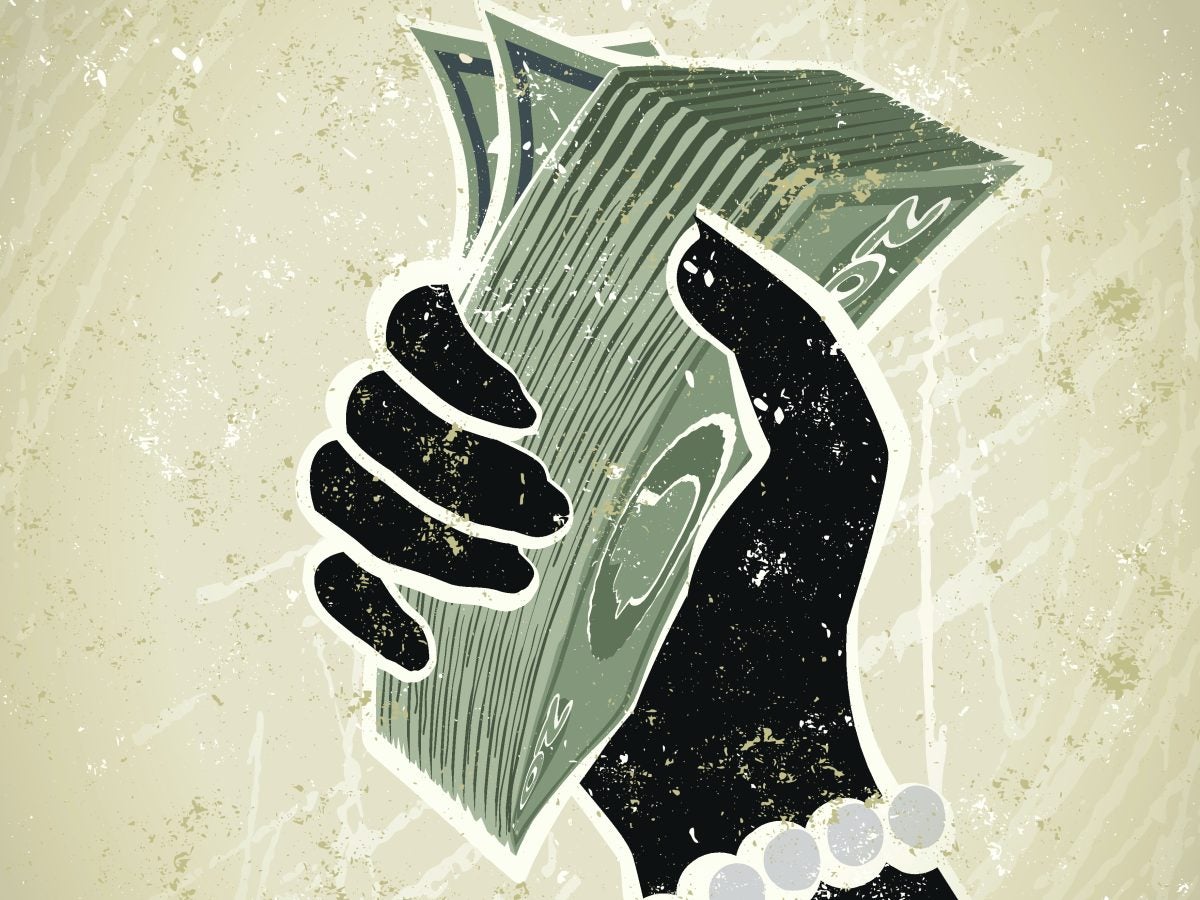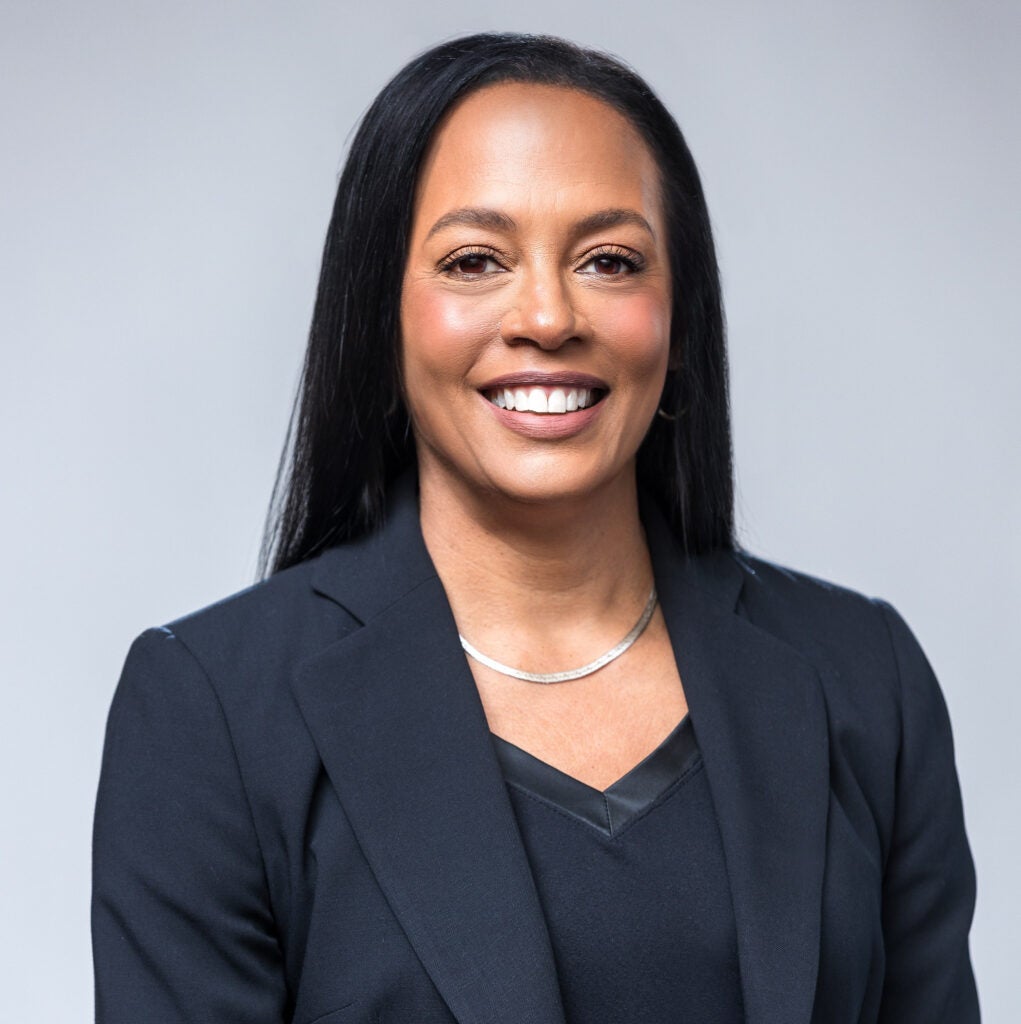
Today (July 27) is Black Women’s Equal Pay Day (BWEPD). It observes the amount of months into the year it takes for a Black woman to make the same earnings as a white man during that period (67 cents for every dollar he makes). It also means that the average Black woman must work nearly seven full months longer to reach the earnings a man would.
The day came earlier than last year’s BWEPD (September 21), meaning it took one month less to catch up. Good news, yes. But Linda Goler Blount, MPH still thinks it’s ridiculous.

As a trained epidemiologist and President of the Black Women’s Health Imperative she works to safeguard the socioeconomic interests of Black women
by advancing their health and wellness emotionally, physically and financially.
“I’m guardedly optimistic,” she tells ESSENCE about the slightly narrowed equity gap this year. “When you look at the data, there’s some reasons for this improvement. And remember, this is really just an improvement from last year—it’s not a part of a 10-year trend. If you look at the 20-year trend, nothing has changed, really, unfortunately, even including this year.”
Although the shift is minimal, it still happened, and Blount attributes this to a few factors.
“The Paycheck Protection Act, student loan, debt forgiveness, at least for a moment {all helped moved the needle here},” she explained. “And what happened in the workforce, things got really tight. We talked about the Great Resignation during COVID but Black women, they always went to work. They were working in various places. So employment sort of tightened up, and that meant employers had to offer slightly higher salaries to both recruit and retain their employees. What we’re seeing is a response George Floyd’s killing and the subsequent social justice awakening, COVID-19 and the shelter-in-place policies that came out of the administration that were intended to really spur the economy and kind of keep things going. So, that’s good news. But the question is, will it last?”
The answer to that question is confounding. As inflation climbs, continual setbacks to DEI-advancement and the crumbling employment landscape, Blount’s skepticism is unsurprising.
For example, despite Black unemployment being at an all time low in May, less than two months later the group now makes up 90% of the recent unemployment increase, per a July 2023 Bureau of Labor Statistics report. Black women in particular are being affected the most.
“They are being laid off in droves, especially in DEI roles,” Blount says.
According to a recent ABC News report, one in three DEI professionals lost their jobs over a one-year period ending in December, per survey results from Revelio Labs.
“Any advancement we’ve made is undergirded with significant regression,”she says, explaining that as a labor market loosens, Black women are usually the first to be let go.
However, she says she’s still choosing to be optimistic about the future.
“I hope my organization and others like it can keep up the pressure on employers and on policymakers, because what we’re really talking about at the end of the day, is ensuring we have a living wage that positively affects our social determinants of health,” she says. “We got a little bit closer to a living wage, but we’re not quite there yet. There are systemic changes that need to acknowledged, addressed and eradicated, so it’s a long fight. This battle has been won, but the war is still on.”
Interview was edited for brevity and clarity.